This post may contain affiliate links which means I will get a commission if you make a purchase at no additional cost to you. As an Amazon Associate I earn from qualifying purchases. Please read my disclosure for details.
In a time when convenience often overshadows craftsmanship, a quietly comforting movement is underway, one that reaches forward for its wisdom. Food lovers in American states are subscribing not to meal kits or mass produced sauces, but to hand rolled pasta made by Italian grandmothers.
Delivered fresh, wrapped in waxed paper, and often sealed with handwritten notes, these parcels are more than nourishment. They are gestures of heritage. They are acts of devotion.
A Taste Rooted in Memory, Not Manufacturing
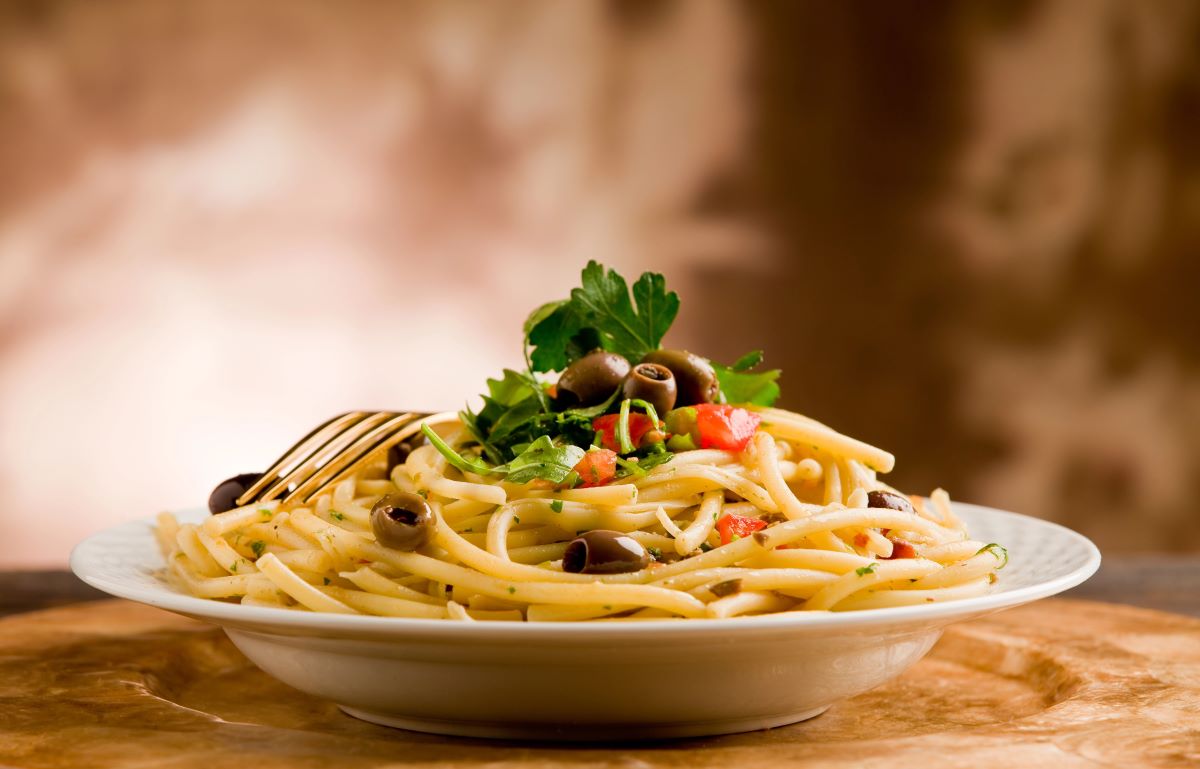
WANT TO SAVE THIS RECIPE?
The pasta made by Italian grandmothers carries the shape and texture of a life lived in kitchens. Each batch reflects decades of repetition, subtlety, and care. Subscribers report that it tastes like something remembered from childhood, even if it is not their own. It is flavor drawn from real time, not reduced to shelf life.
Weekly Deliveries that Feel Like Care Packages
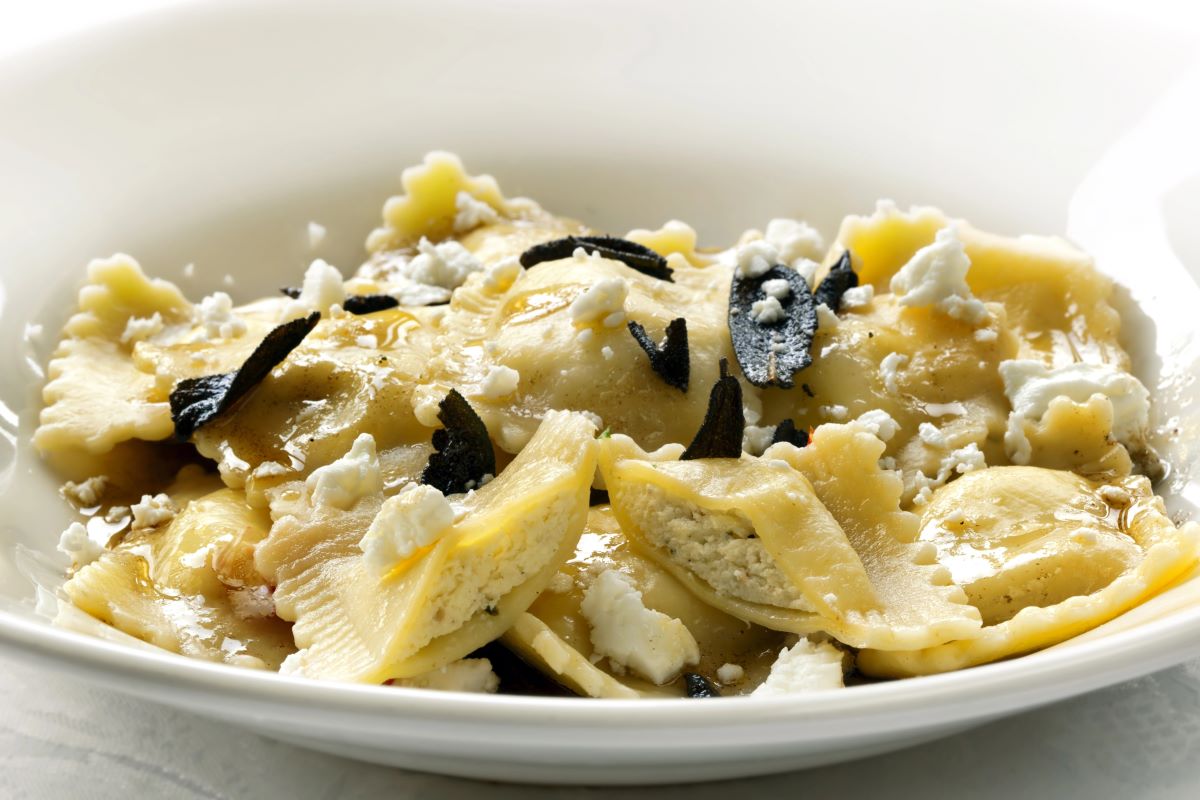
Unlike typical subscription boxes, these deliveries arrive not as commodities, but as comforts. Inside is a sense of home, tagliatelle dusted with flour, ravioli folded by hand, sauces simmered with soft patience. The packaging may be simple, but the emotion it delivers is full.
Supporting Aging Artisans with Modern Demand
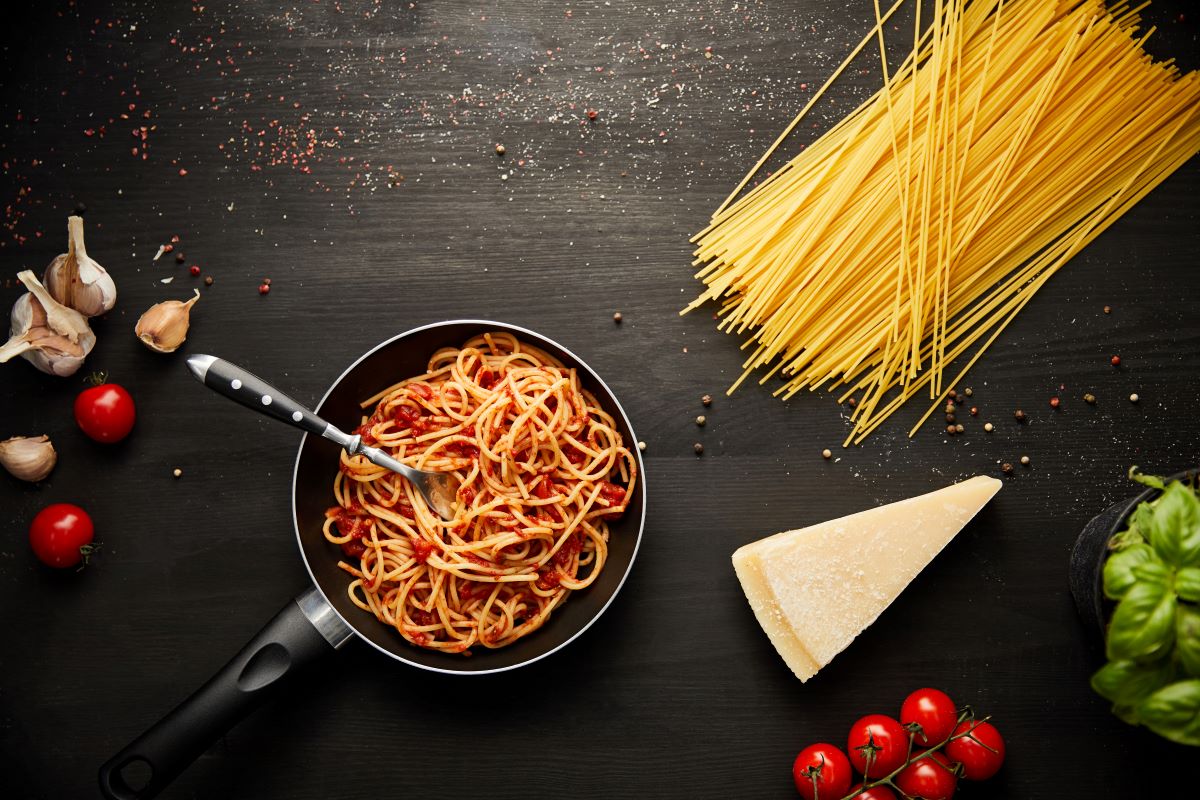
For many of the nonnas involved, this is not a business venture but a continuation of purpose. Their skills, once passed down quietly through families, are now preserved, shared, and honored. The model provides income, dignity, and a renewed sense of contribution in a culture that too often forgets its elders.
A Return to Slow Food in an Accelerated World
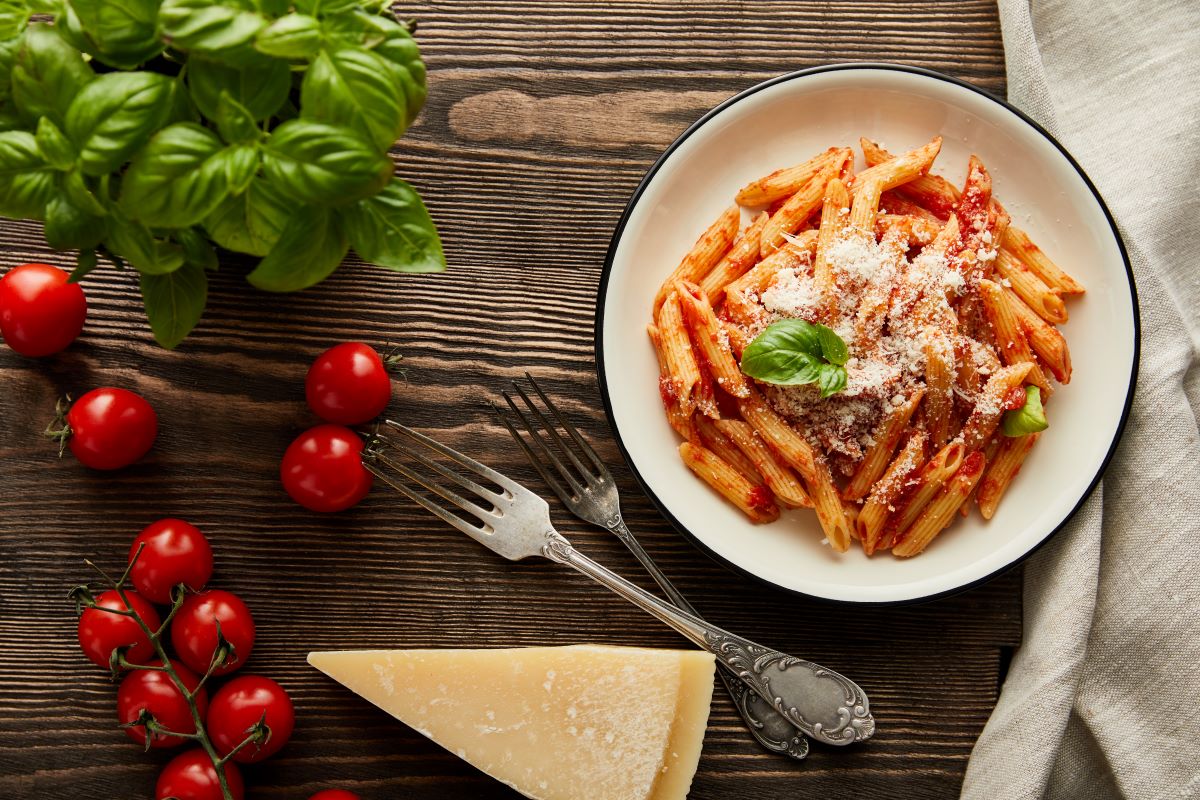
In contrast to the fast food culture that still dominates many corners of the country, these subscriptions reinforce the philosophy of slowness. Everything from the dough resting overnight to the sauce simmering for six hours is a subtle rebellion against haste. The result is a meal that invites pause.
Hyperlocal Flavor with Generational Technique
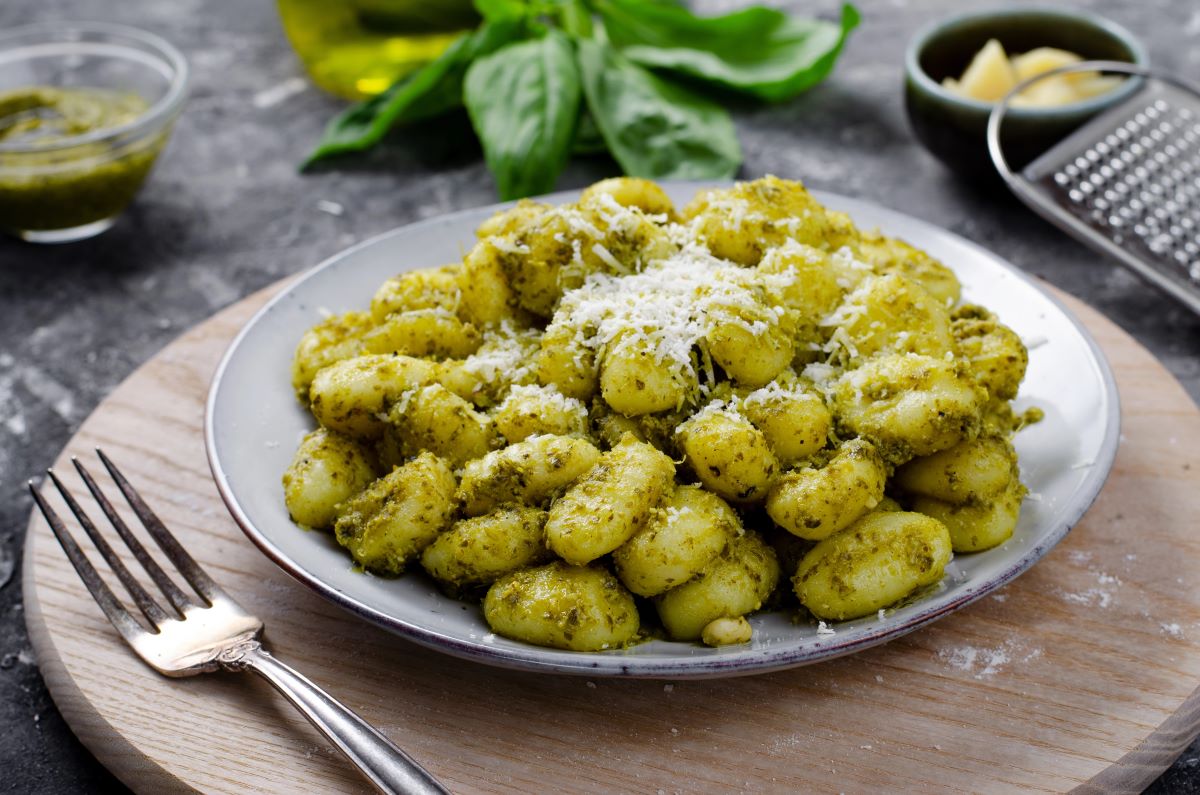
Each state’s pasta reflects regional influences, yet the grandmothers’ techniques remain firmly Italian. A batch of ricotta gnocchi from a grandmother in Oregon may differ slightly from one in Vermont, but both carry the unmistakable handprint of tradition, one that refuses shortcuts.
The Rise of Food as Connection, Not Just Consumption
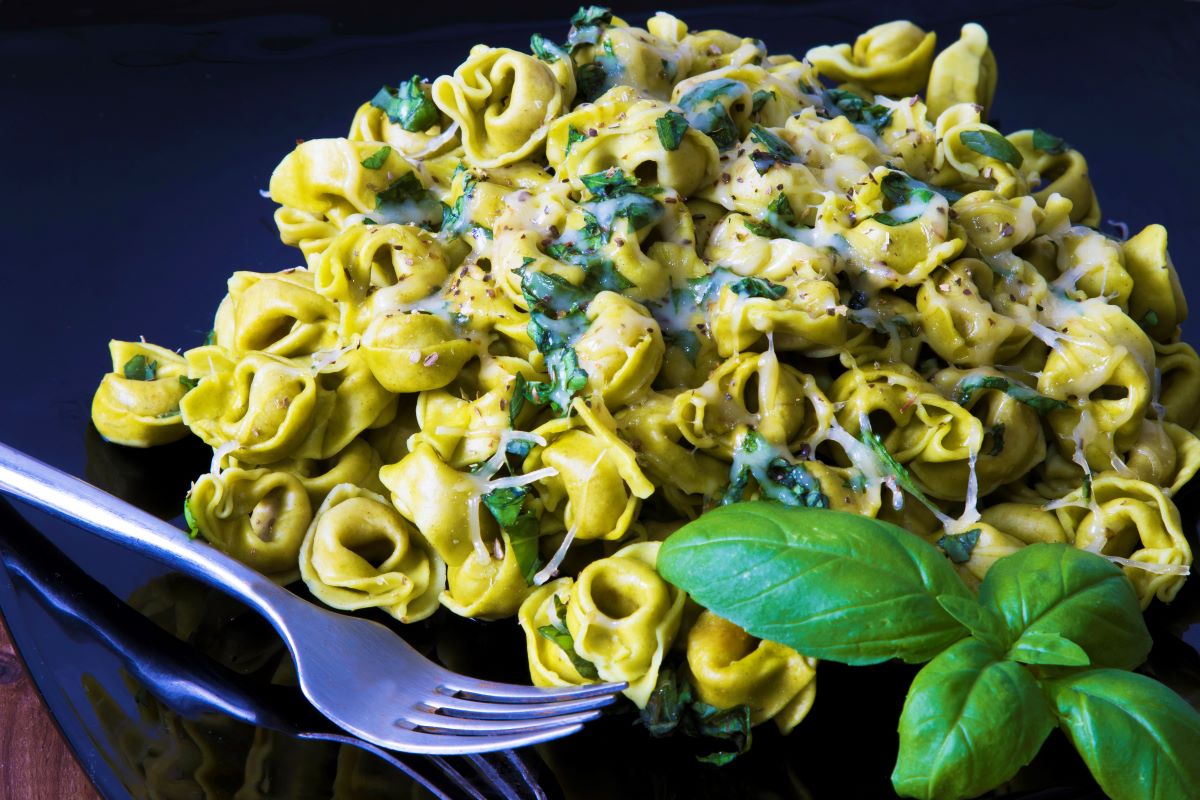
For many subscribers, the appeal lies not only in the product but in the connection. Notes from the grandmas, occasional photos of their kitchens, and shared recipes create a narrative. It feels like joining a family, not a program.
Related Post: 12 Grocery Stores That Are Actually Great Places For A First Date
Culinary Storytelling Becomes Tangible
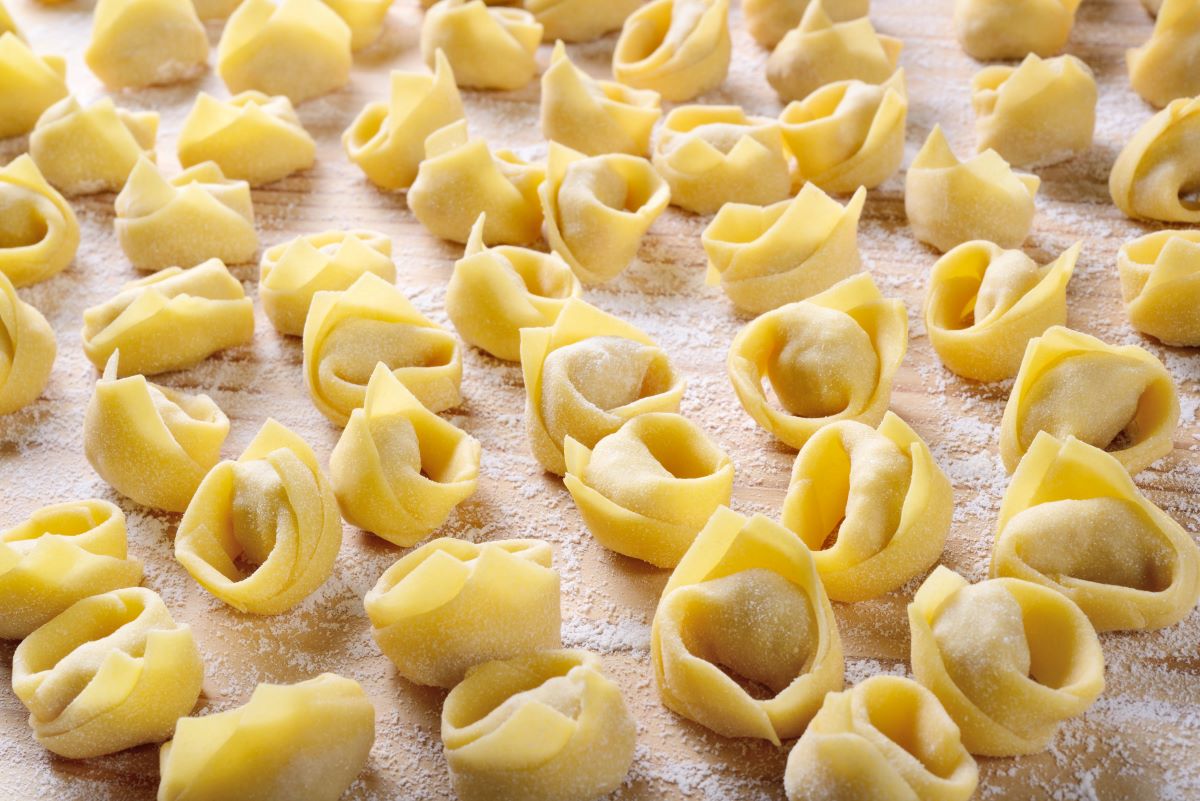
These pasta boxes are part of a wider appetite for food that tells a story. Unlike anonymous brands, they arrive with an identity. One might learn that the tortellini was taught to the cook by her mother in Naples in 1961. That the sauce was her late husband’s favorite. And that none of it is guesswork.
Related Post: 11 Restaurants In The US With Menus That Change Every Day
Local Economies Enriched by Intimate Enterprise
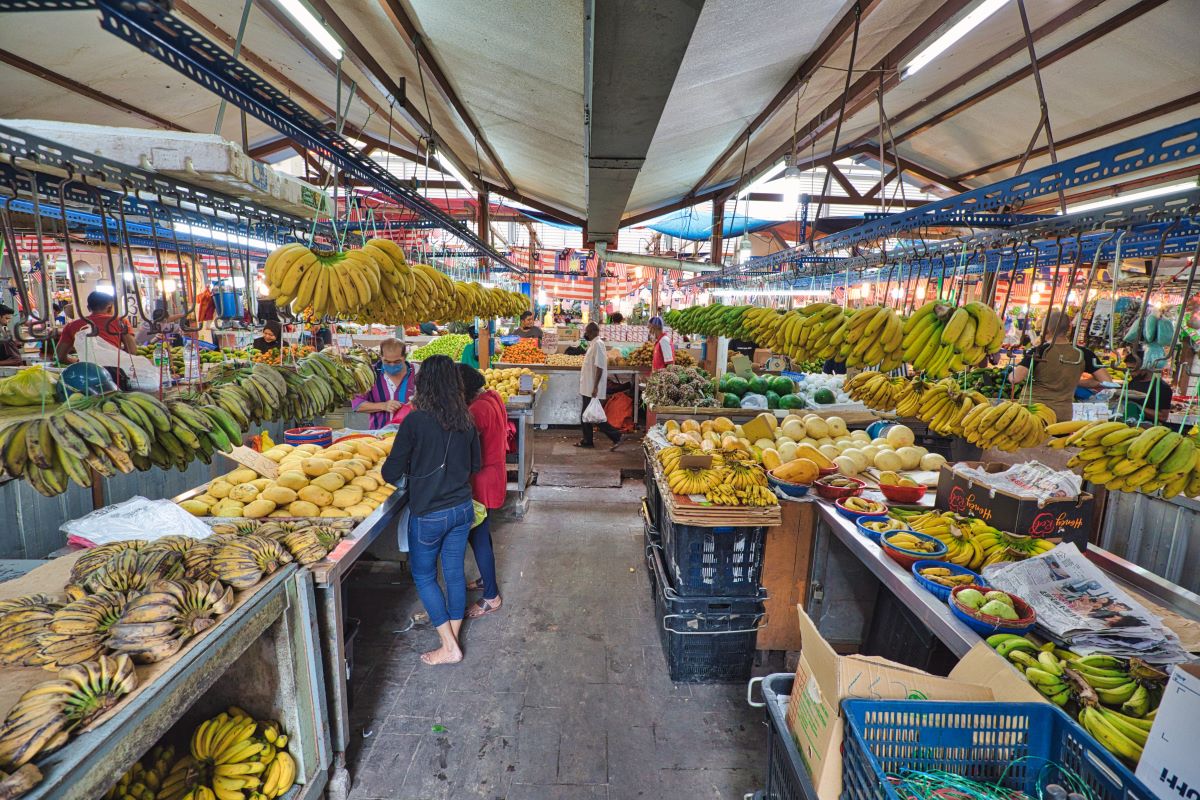
Small farms provide eggs. Neighborhood markets supply semolina. The model enriches not just the kitchen, but the community. Rather than outsourcing for volume, these subscriptions celebrate locality and, in doing so, restore a sense of shared value.
Related Post: 10 Cafes In The US That Became Overnight Sensations Because Of TikTok
A Resurgence of Trust in Human Hands
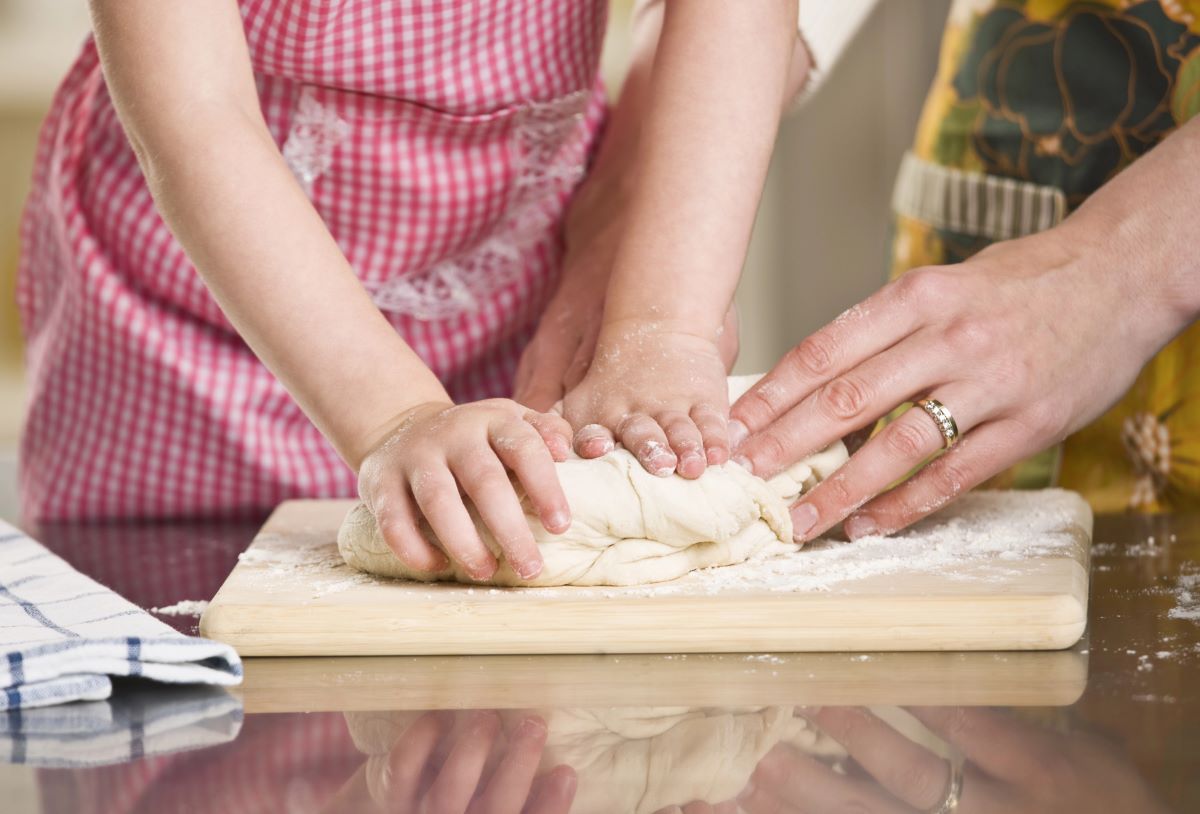
In a culinary world often driven by machinery and scale, there is comfort in knowing a real person shaped the food you are eating. The lines in a grandmother’s hand tell more about the dough than any metric could. And subscribers, increasingly, trust those hands.
Related Post: 12 Fast Food Chains In America That Outsiders Don’t Realize Are A Big Deal
Meeting a Growing Hunger for Authenticity

Consumers today crave authenticity, not just aesthetics. They are moving away from overdesigned meal kits toward something with soul. This pasta is imperfect, fragrant, slightly different every week, and delivers authenticity not as a performance, but as a natural result of lived experience.
Related Post: 12 Restaurants That Only Locals Know Have Michelin-Level Food Without The Price
Sign up now to receive our exclusive e-cookbook filled with top-rated recipes for FREE!
Replacing Restaurants with Ritual
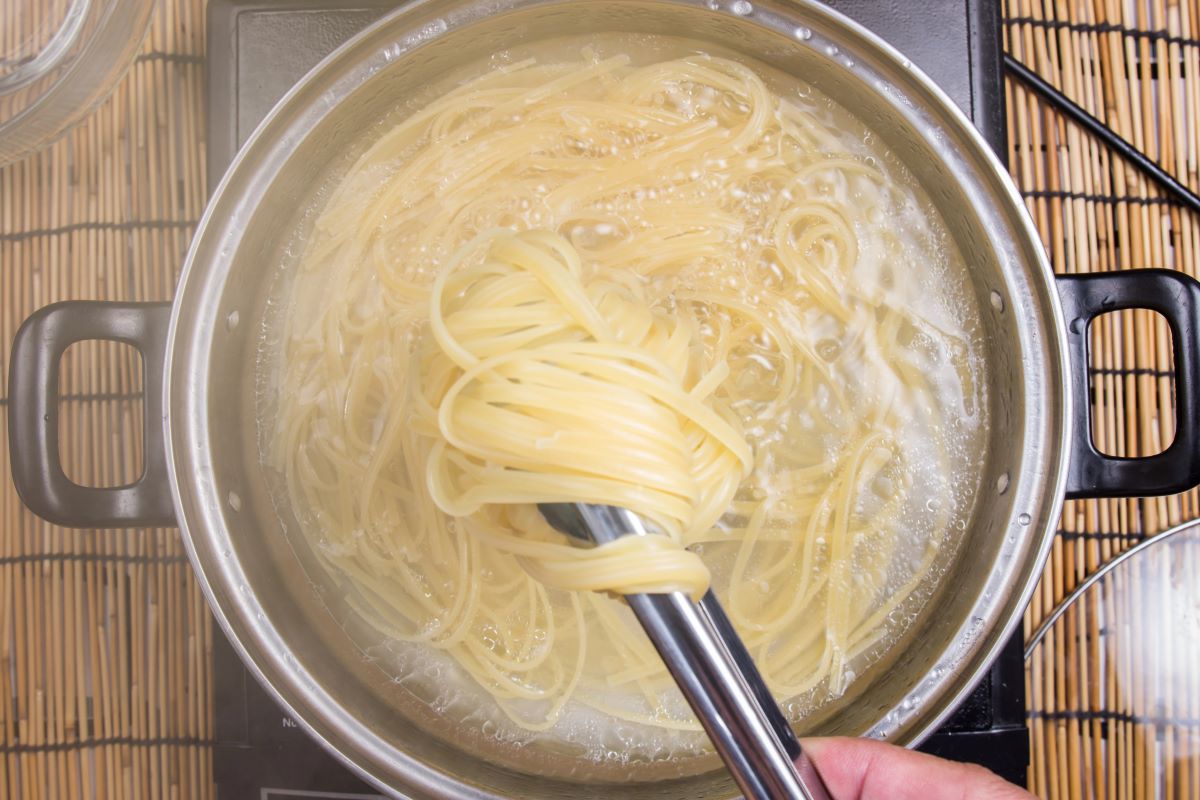
With more people cooking at home, especially in a post restaurant world, these subscriptions provide not just ingredients but rhythm. Setting the water to boil becomes a kind of ceremony. Stirring sauce made by a grandmother you have never met becomes, somehow, an intimate act.
Related Post: 14 Farmers Markets That Are So Popular You Have To Arrive Before Sunrise
A Model of Mutual Nourishment
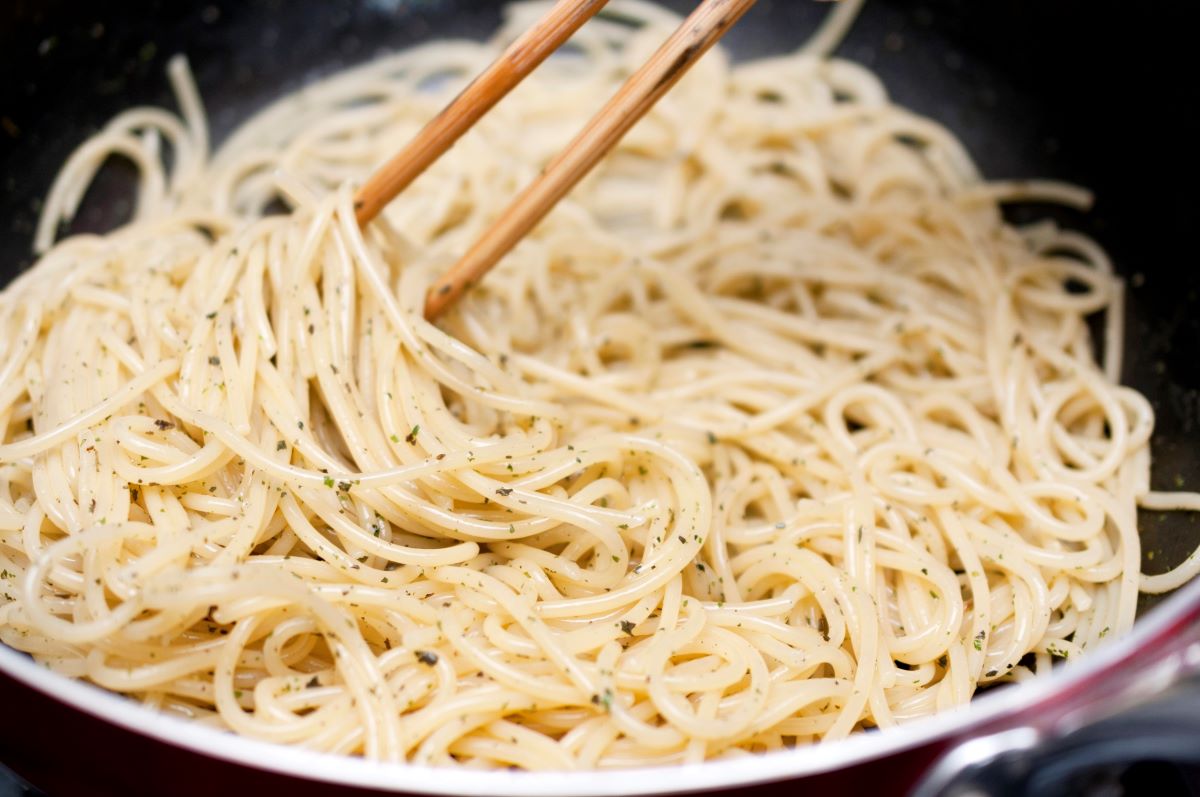
While subscribers are fed with food, grandmothers are fed with purpose. This exchange is not transactional, but relational. It reminds us that nourishment moves both ways. That to cook, and to be cooked for, is one of the oldest and most beautiful forms of care.
Related Post: 12 Cafes That Let You Stay All Day Without Buying More Than One Coffee
These pasta subscriptions are not just clever culinary ideas. They are quite cultural restorations. They give voice to those whose hands have shaped food with grace for generations, and they remind us in every bite that the most meaningful meals are not rushed, not styled, and not scaled. They are made with love, sent with pride, and savored with gratitude.
Disclaimer: This list is solely the author’s opinion based on research and publicly available information.
The Real Reason Fast Food Tastes Different In Different States

You may have ordered the same item in two different states and noticed it tasted off, slightly sweeter, saltier, or just not what you expected. That is not your imagination.
While national fast food chains aim for uniformity, subtle but real differences show up from region to region. Locals notice it immediately, and many travelers wonder why the same brand can feel totally different miles apart. Here is what is actually happening behind the scenes.
Read it here: The Real Reason Fast Food Tastes Different In Different States
How to Save $100+ Every Month at the Grocery Store

From planning your meals to avoiding sneaky upcharges in the snack aisle, here’s a realistic guide to trimming your food budget without adding stress to your week.
Read it here: Things Moms Waste Money On (and Don’t Even Know It)
Is Walmart+ Still Worth It in 2025? The Truth After 3 Years

Is the new Walmart Plus worth the annual fee or is it just another failed version of Amazon Prime? I spent my own money trying this service out for 12 months and counting. I have a lot to say about the benefits and drawbacks in this Walmart+ honest review.
Read it here: Is Walmart+ Worth It? Honest Review 3 Years Later!
You’ll love these related posts:
- 10 Fast Food Chains With Secret Recipes Passed Down For Generations
- 14 Farmers Markets Where You’ll Spend More Than You Planned And Love It
- 15 Fast Food Chains That Only Exist In One State And People Are Obsessed
- 15 Farmers Markets In Urban Areas That Feel Like Rural Escapes
- 11 Restaurants Where the Food Is Forgettable But The Story Isn’t
